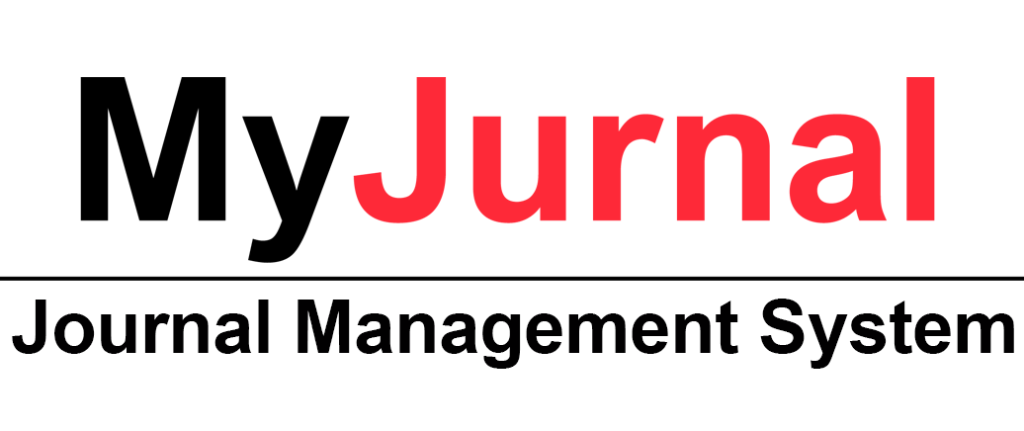Behavioural Intention to Use Building Information Modelling (BIM) among Community College Students in Malaysia
DOI:
https://doi.org/10.31436/ijes.v8i1.279Abstract
Building information modelling (BIM) is one of the new technologies being used in architectural and constructions projects. At present, BIM curricula are being taught in many Malaysian higher learning institutions, including at the certificate level in community colleges. Even though many studies have investigated behavioural intention to adopt BIM in the industrial setting, studies on the intention to use BIM among students during their training or learning have not received the same level of attention. This study, therefore, investigated the extent to which community college students are willing to accept and use BIM. Factors that influenced their behavioural intention to use BIM, as well as the relationship between the factors and intention to use were also examined. The Technology Acceptance Model (TAM) was used as the theoretical framework to guide the research, where students’ behavioural intention to use BIM was explained through their perceptions of its usefulness and ease of use, as well as their attitude towards BIM utilization in the classroom. A total of 144 community college students enrolled in the architecture programmes in Malaysia were selected as the sample using convenience sampling. The findings show that the students’ behavioural intention to adopt BIM is high. They also perceive BIM as useful and easy to use, and their attitude towards BIM usage appears to be positive. The regression model produced an adjusted R-squared value of 0.790 indicating that 79% of the total variance in the students’ intention to use BIM can be explained by the three independent variables, i.e., perceived usefulness, ease of use, and attitude.
Keywords: Building information modelling, perceived usefulness, perceived ease of use, attitude, intention to use, behavioural intention, Technology Acceptance Model
Metrics
Downloads
Published
How to Cite
Issue
Section
License
Copyright (c) 2020 IIUM Press, International Islamic University Malaysia

This work is licensed under a Creative Commons Attribution 4.0 International License.
The Journal will own copyright to all published works and have the right of first publication, both in print and online, unless other arrangements are made with the Editors in advance. It is the author`s responsibility to ensure that where copyright materials are included within an article the permission of the copyright holder has been obtained beforehand.






















